Introduction: Hello farmers, today we are back with a great infromation of horticulture cultivation practices in summer. This is very essential information for most of the farmers to know the cultural practices of various fruits, vegetabls and medicinal plants in the summer.
A guide to horticulture cultivation practices in summer
In Fruit crops:
In Mango: If there is a high incidence of thrips and leafhoppers in the month of march spray fipronil or Histathion at 2 ml per liter of water or we can also spray acephate 1.5 grams per liter water to manage these pests. Fruits drop during this month can be reduced by providing light and frequent irrigations. Fruit fall can also be reduced by spraying 1 % Urea twice, 1st spray at when fruits are the lemon size and 2 nd spray should be given 20 days after the first spray. When the fruit borers are in the migrating stage spray dichlorophos 1.5 ml or chlorophyiphose 2.5 ml per liter water in the evenings.Spraying of 5 % neem seed kernel extract at every 10 days intervals during the months of March to may provide better pest and disease management. Spray should be stopped 15 days before harvesting.
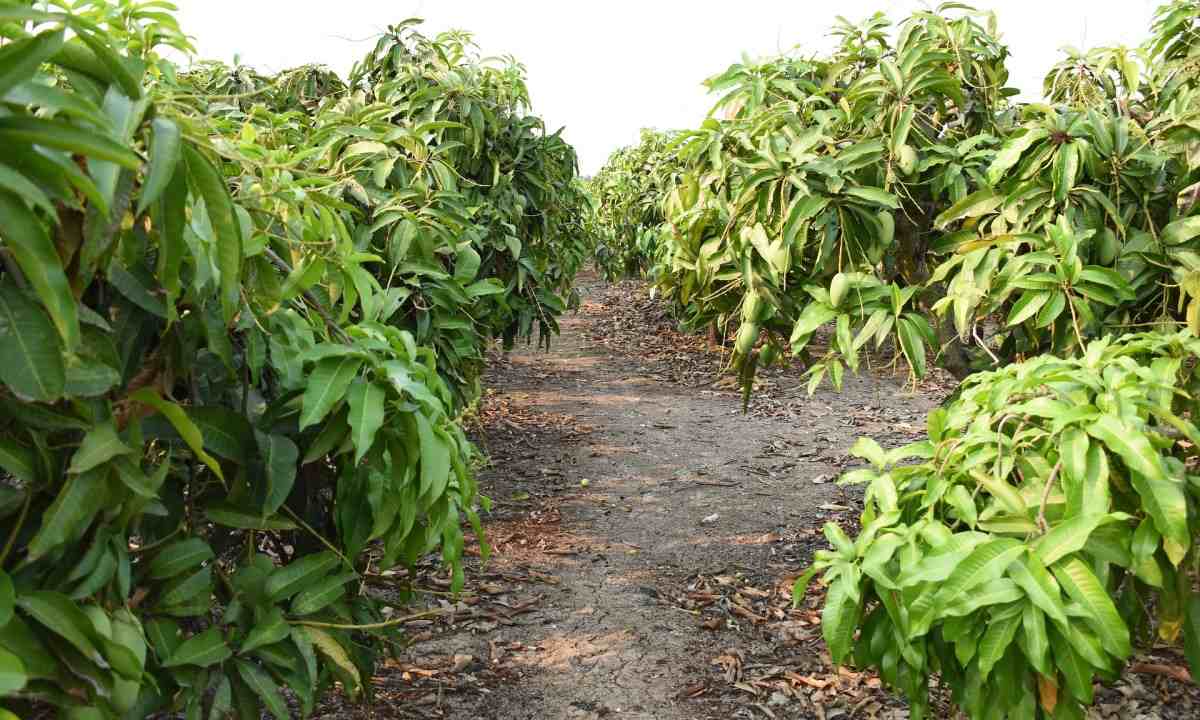
In Guava: Stop irrigating the orchard and collection and destruction of fallen fruits should be done.
In Banana: Provide proper irrigation depending upon the need. Cover the trunk with dried banana leaves and trash. In summer, irrigation should be provided at every 3 -4 days intervals to prevent drying of the orchard. In the month of March spray potassium nitrate 5 grams or sulfate of potash 5 grams per liter two times with 15 days interval. Prevent the orchard from sucking pests and high temperatures during summer cover the bunches with polythene bags and trunks with dried banana trash. To manage sucking pests which may spread various viral diseases spray dimethoate 2 ml or acephate 1.5 grams per liter of water. Remove all suckers by leaving one or two.
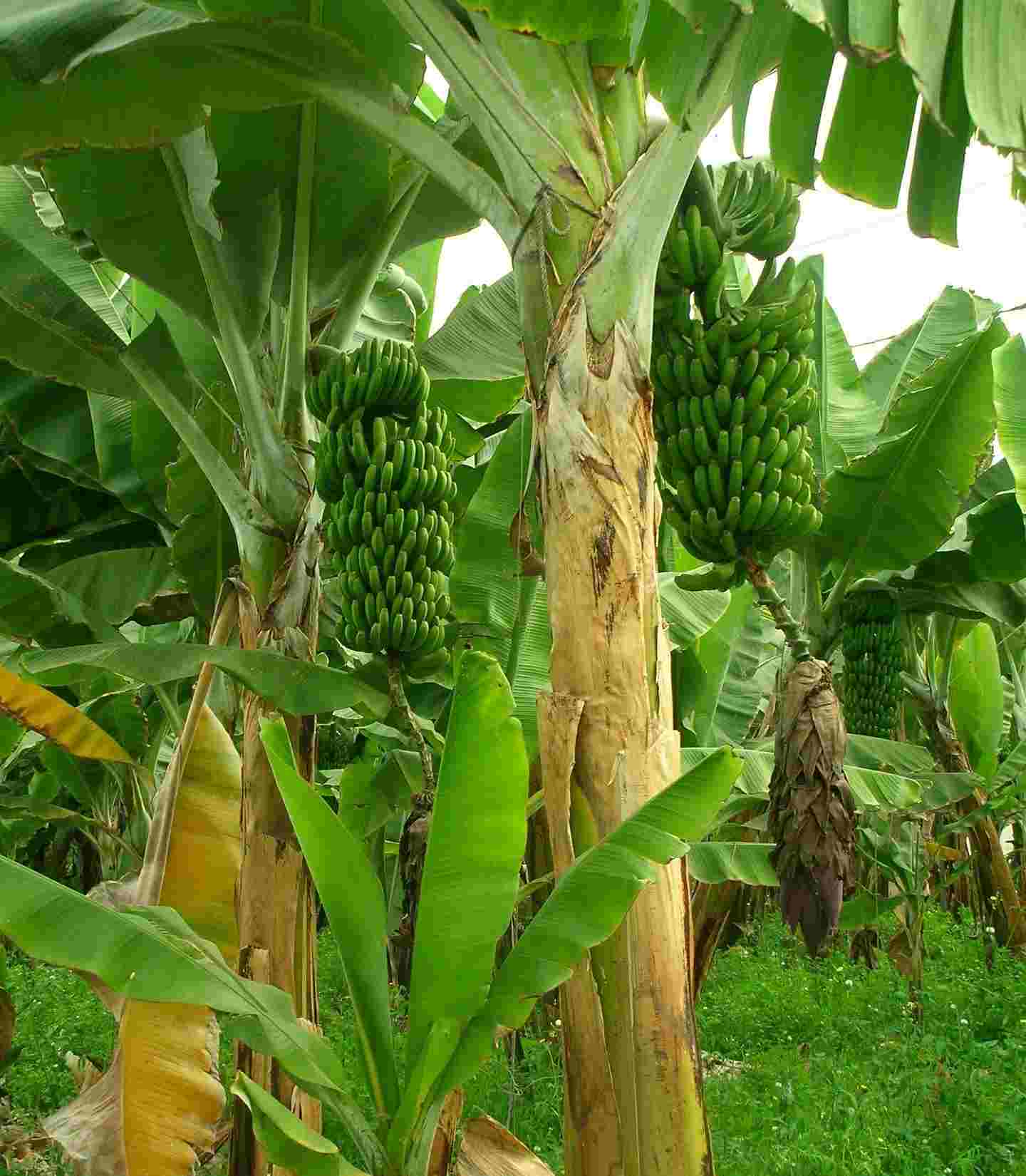
In Citrus: Spray 2, 4 – D at 1 gram per 100 liters of water to prevent fruit drop during summer. Proper water management practices need to be employed. Spray micronutrient mixtures on young flushes. In custard apples: Prune the dried twigs and branches so, plants put up new flush and comes to flowering.
You should not miss the Plant Nursery Project Report for Bank Loan.
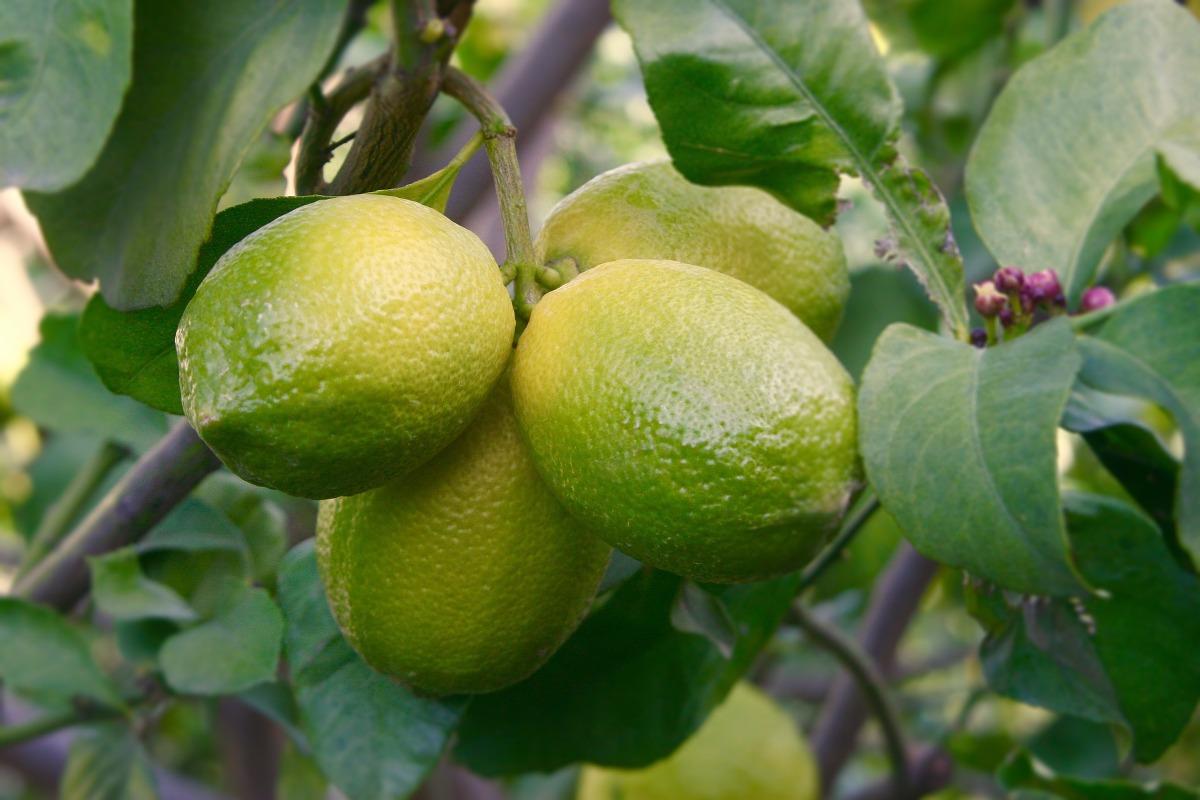
In Sapota: To manage fruit borer spray chlorophyriphos 2 ml per liter. Orchard should be kept free from weeds.
In Grapes: The number of irrigations should be decreased to increase the quality of fruits. Ethrel should be sprayed to hasten to ripen. In pomegranate: March is harvesting time in pomegranate.
In Ber: Do not practices cultural practices like fertilizer application, pruning, etc.
In Papaya: When the crop is at 2 months old spray, zinc sulphate 2 grams + 1 gram borax per liter water.
In Watermelon and cucumber: To know aphids incidence install yellow sticky traps in the field. If there is a high incidence of thrips spray Fipronil 5 SC 2 ml per liter water or spinosad 45 SC 0.35 ml per liter water. When there is the attack of fruit borers spray Novaluraon 10 EC 1 ml or Emamectin Benzoate 5 SC 0.5 grams per liter water.
In Jack fruits: Irrigation should be provided if there is any need. Harvest the mature fruits. Harvesting should be done carefully without damaging the tissue. After harvesting removes dried branches to facilitate proper light penetration and spray blitox 3 grams per liter.
In Vegetable crops:
In summer to mitigate water scarcity, spray 2 % urea. Spray potassium nitrate 5 ml per liter water for better growth and development of the plant. There might be the incidence of various sucking pests, to manage these sucking pests spray fipronil 2 ml or acetamiprid 03 grams per liter.
In Onions: Remove weeds and provide irrigation at every 10 – 15 days intervals in summer, spray 2 % urea. Proper plant protection measures should be taken up to decrease the incidence of sucking pests.
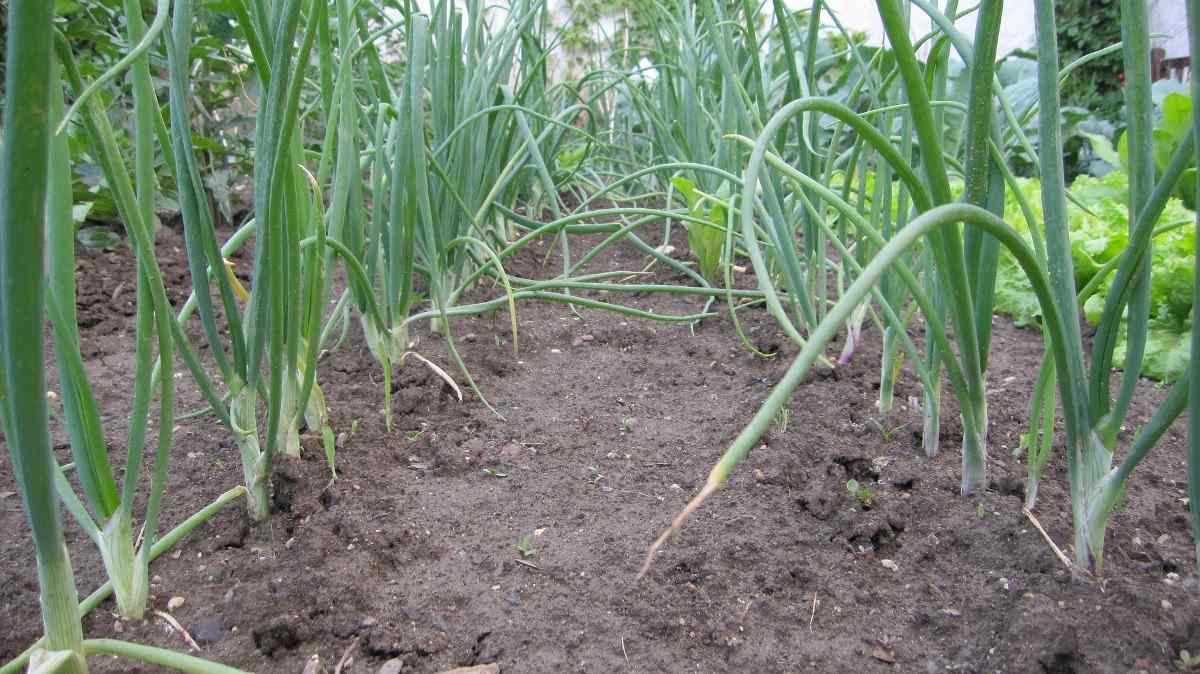
In Elephant foot yam: Leaves will dry up when the crop is ready for harvesting. Proper care should be taken to avoid damage to the corms while harvesting. We can store these harvested corms up to 2 -3 months. Seed tubers should be treated with copper oxychloride 30 grams + streptomycin 1 gram by mixing in 10 liters of water within 4 – 5 days after harvesting. Then allow the tubers to dry. These dried tubers can be used as planting material.
You may also like the Cost of Cultivation of Avocado.
In flower crops
In Jasmine: Fertilizers should be applied after weeding. Spray dimethoate 2 ml or 1 gram acephate per liter of water to manage bud borers.
In Crossandra: Spray dimethoate 2 ml or 1 gram acephate per liter of water to manage mealy bugs.
Plantation crops:
In coconut: Irrigate the trees once every 10 days. Grow green manuring crops in the coconut orchards. Keep observing the plants for any pest and disease incidence. Collect and destruct the fallen fruits affected by an eriophyid mite. Apply 5 -10 kilograms of neem cake per plant in a year. By growing intercrops, we can reduce the incidence of mites. Spray neem oil 5 ml per liter water on bunches 3 times in a year. To manage Ganoderma rot apply 50 grams of Trichoderma viride by mixing with neem cake.
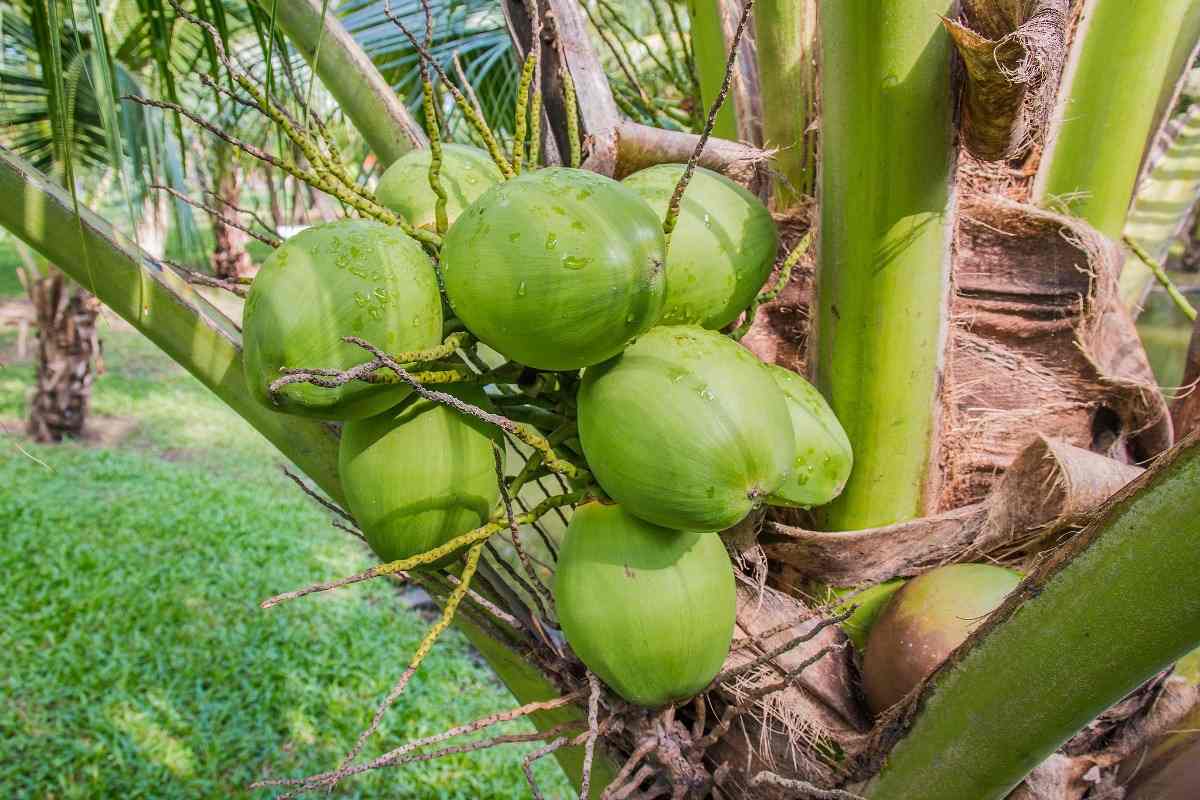
In betel vine: In one or two years old betel vine plantations to control phytopthora pour 1 % bordox mixture one liter for every vertical meter distance near the base of the vine. In the second year, leaves should be harvested once in every month.
In tapioca: It comes to harvesting within 7-10 months after planting. Mostly it comes to harvesting from end of the December to march. Immediately after harvesting transport the produce to the nearby factories. Treat the stem cuttings which are used as planting material with a mixture of mancozeb 3 grams + chloropyiphos 2 ml per liter.
In Medicinal plants
In Aloe vera: March is the harvesting time for aloe vera. Harvest only mature leaves. We can take one harvesting for every 3 months up to 4 – 5 years.
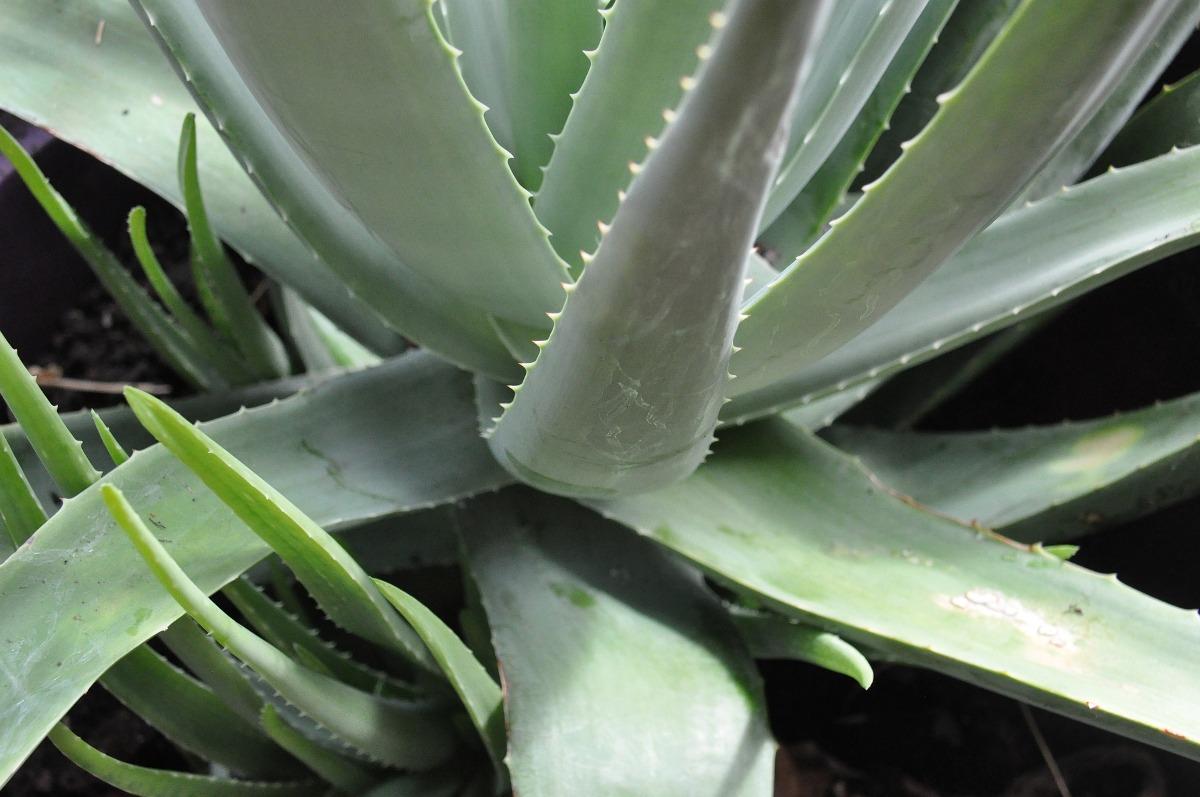
Citronella: Continue harvestings.
Lemongrass: After harvesting irrigates the crop by applying fertilizers. Care should be taken to control weeds.
Ashwagandha: Cut the roots into 7 – 10 after cleaning properly and keep for drying in the shade. After achieving proper drying trim the roots properly before marketing.
You might be interested in Saffron Cultivation Cost and Business Plan.